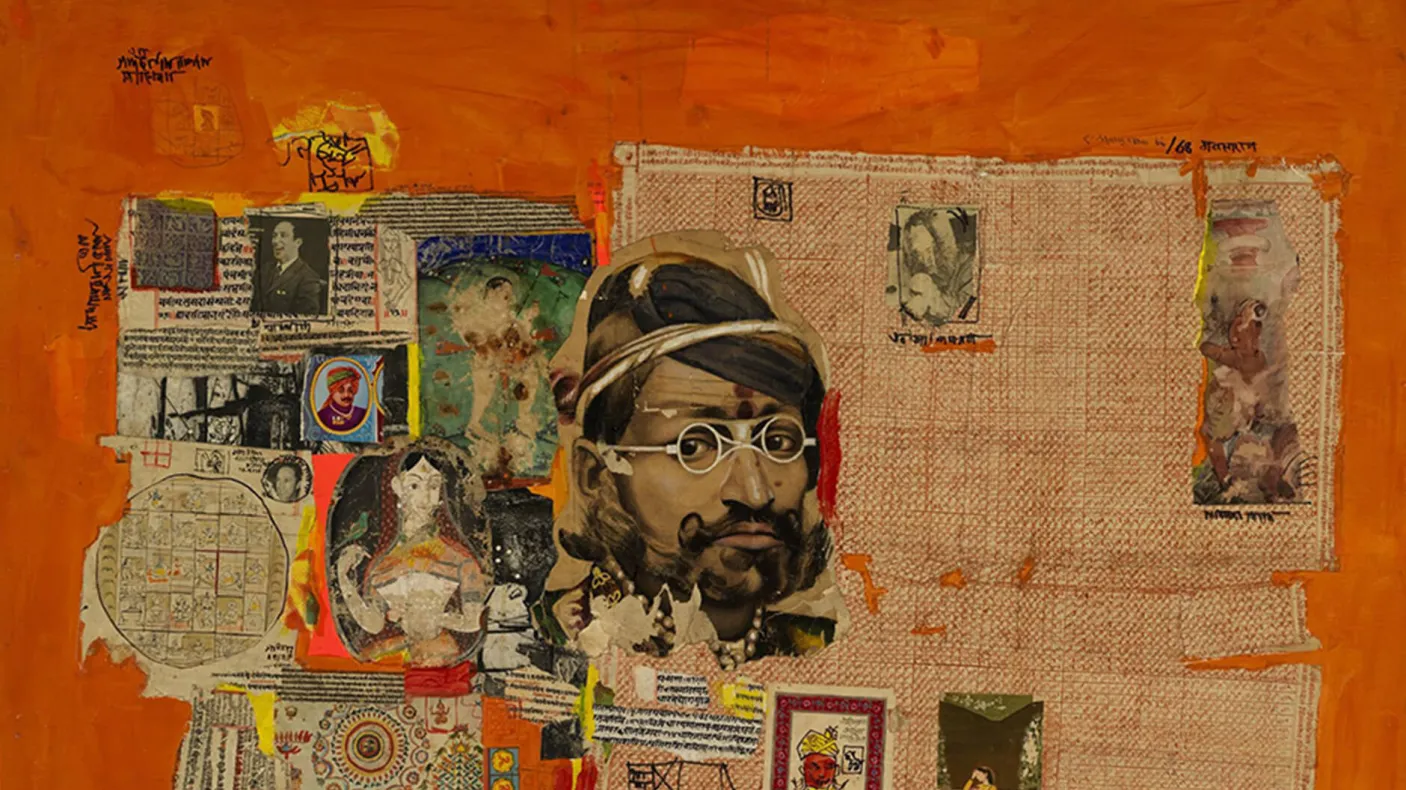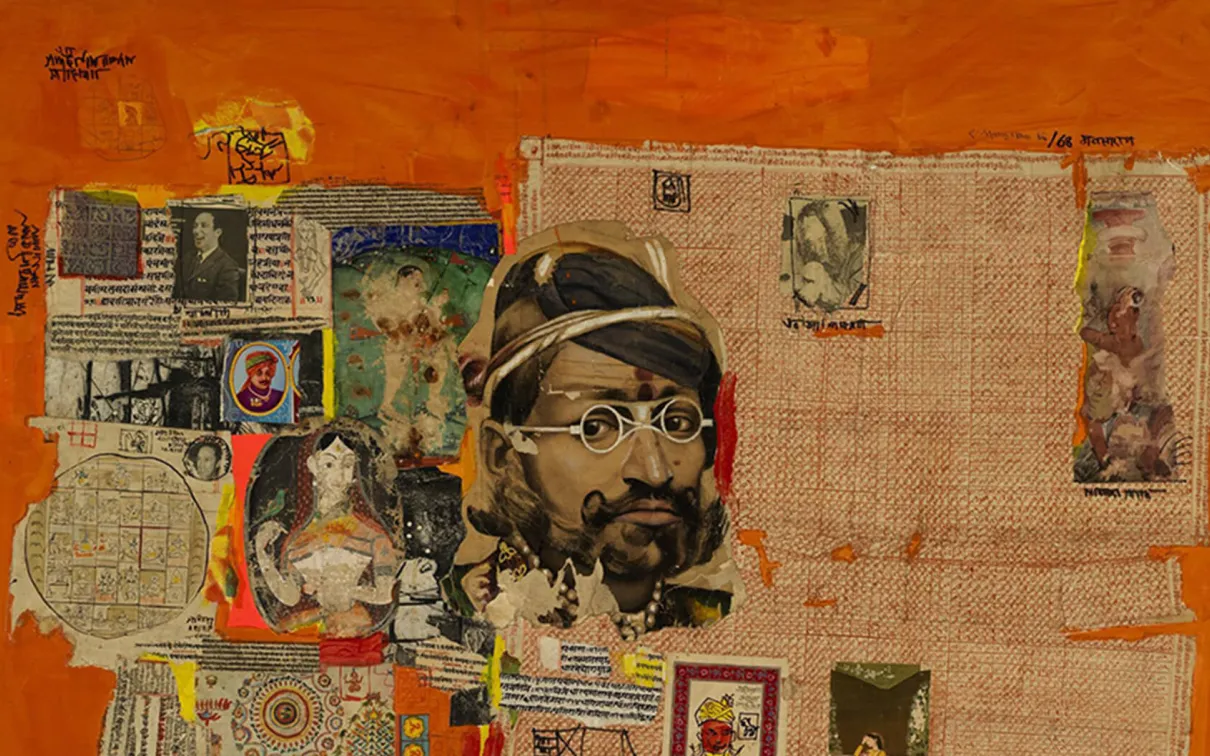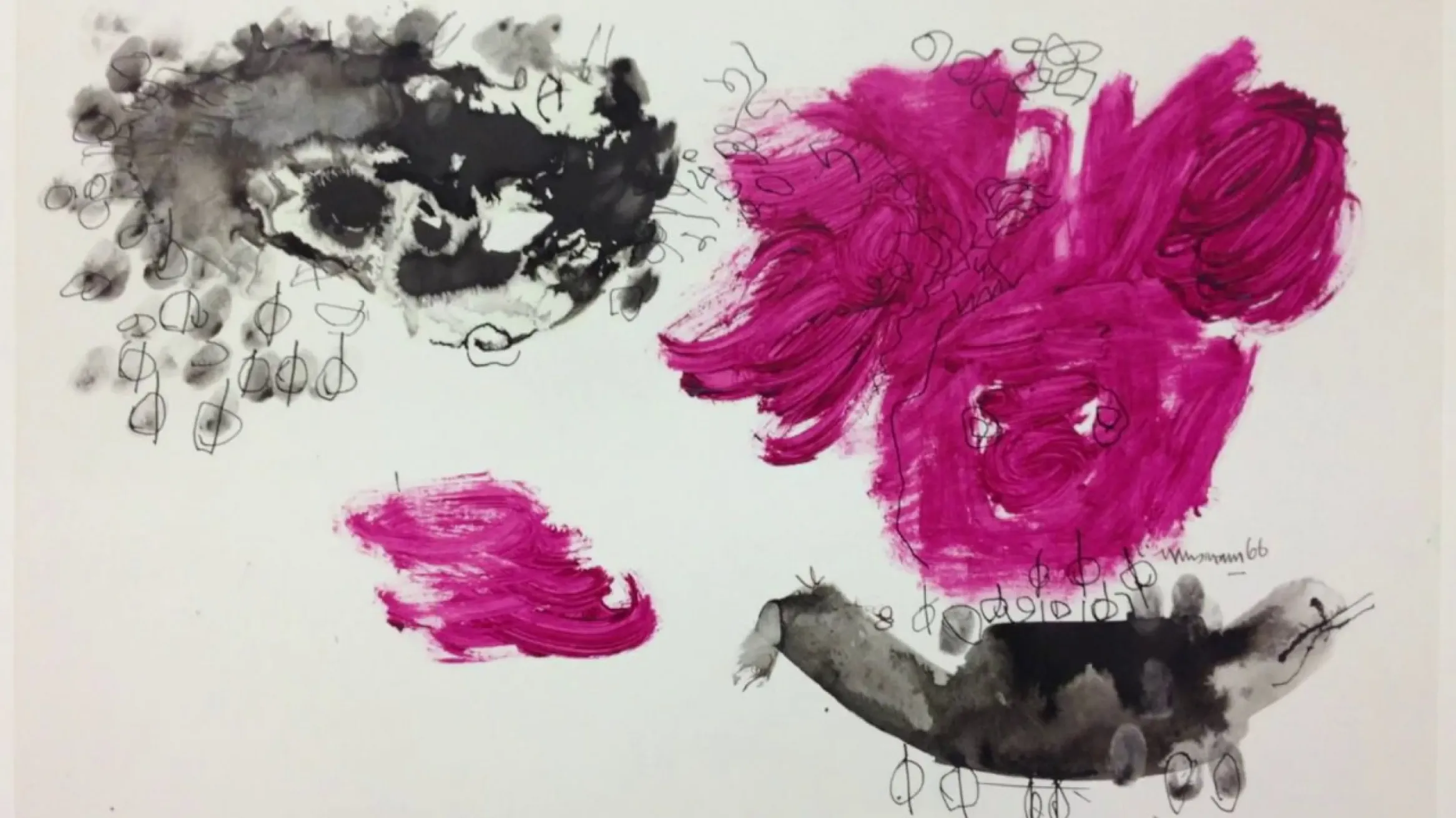The ROM acquires more than 700 works by Panchal Mansaram
Mansaram collection encapsulates works ranging from before 1980 to present
In 2014, the ROM
In 2014, the ROM started acquiring pieces of art, archives, print material, and photographs by Panchal Mansaram. Mansaram is one of the few artists from the South Asian Diaspora whose career stretches from before 1980 to the decades that follow.
As of 2017, the ROM holds the largest collection of Mansaram works in the world, featuring more than 700 objects. Mansaram (b. 1934) grew up in Mount Abu, a hilly town in the Rajasthan state of India. As a young boy, Mansaram was fascinated by cinema. He came from a large family, but lost most of them to a typhoid epidemic. Cinema brought him comfort and escape, but also introduced him to the power of media and the pervasiveness of media images in daily life.
In 1966, Mansaram moved to Canada
In 1966, Mansaram moved to Canada where he met Canadian philosopher Marshall McLuhan through a mutual friend. Mansaram and McLuhan forged a friendship that would last throughout their lives. Mansaram’s engagement with McLuhan intersected with ideas he was already working on, but it also shaped the directions his work would develop. For instance, Mansaram’s series “Rear View Mirror,” based on McLuhan’s writings, relate the fragmentary experience of contemporary. It is a perspective through the rear view mirror of a car; moving forward but with one eye on the past, seeing the world through small fragments, akin to media saturated culture.
With the acquisition of the Mansaram’s archive, the ROM’s collection is the best repository of the artist’s work in the world. His body of work adds a new dimension to our understanding of Indian modernism, as well as to narratives of the history of Canadian art.
Deepali Dewan
Deepali Dewan is the Dan Mishra Curator of South Asian Arts & Culture at the ROM.




